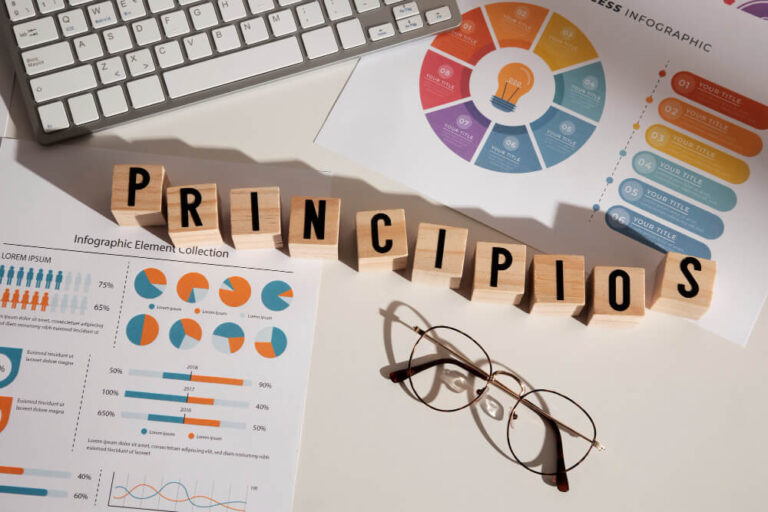Diversifying with real assets is becoming more and more important in a financial environment sometimes dominated by stocks, bonds, and digital currencies. A balanced portfolio would benefit much from these physical assets since they provide a special combination of stability, a hedge against inflation, and a clear absence of correlation with conventional financial markets. Understanding the best strategies and usually working with specialised companies like J. Rotbart & Co. may help discriminating investors looking to include these valuable assets negotiate the complexity of acquisition, storage, and management.
The Rationale for Tangible Asset Diversification
Investing just in paper assets exposes a portfolio to certain hazards including market volatility and inflationary pressures that might reduce buying power. Being physical objects with inherent worth, tangible assets often react differently than financial assets. Unlike cash or bonds which could lose value, their worth can rise with the cost of living, so they typically operate as a hedge against inflation.
Moreover, their prices sometimes change outside of stock and bond markets, offering a vital diversification advantage that can lower total portfolio risk in recessionary times or periods of market volatility. Especially interesting in times of global uncertainty, they provide a tangible store of value.
Popular Tangible Asset Classes for Investment
The realm of physical assets is multifarious and presents several choices to fit varied risk tolerance and investment objectives. Perhaps the most well-known and valuable precious metals are gold, silver, platinum, and palladium; their historical significance as safe havens and their global acceptance as reservoirs of wealth help to explain why.
Residential, commercial, or undeveloped land, real estate presents opportunities for rental income and appreciation. Though they may demand specific knowledge and might be less liquid, art and collectibles—from fine art and antiques to rare coins, stamps, and even luxury watches—can provide great appreciation. Though these usually involve more complicated logistics and market dynamics, other choices include exquisite wine, rare jewels, or even some commodities kept physically.
Focusing on Precious Metals
Because of their liquidity and historical robustness, precious metals are among the tangible assets that most stand out for diversification. Particularly gold has been a classic counterpoint against economic uncertainty and inflation.
Physical bullion can be obtained by investors as bars or coins, either held personally or through safe third-party depositories. Often with more industrial uses that can affect its price, silver also provides comparable advantages. For many looking for real asset exposure, precious metals are a basic component because of their limited availability and long-standing acceptability as a worldwide currency and store of value.
Key Considerations for Tangible Asset Investment
Unlike conventional financial investments, investing in tangible assets has unique factors to take into account. Liquidity is a factor; although precious metals are rather liquid, selling a piece of art or a sizable real estate investment can take time.
Critical practicalities that add to the expense and complexity are storage and insurance since tangible objects must be safely kept and guarded against damage or loss. Moreover, especially in the field of art and antiques, obtaining and appreciating physical assets sometimes calls for specialized knowledge and great market awareness to prevent overpaying or purchasing fake objects. First priority is due care.
Integrating Tangible Assets into Your Portfolio
Real estate should be considered as supplementary rather than a replacement for conventional investments if one wants to properly diversify. An individual’s financial goals, risk tolerance, and current portfolio composition will all affect the best allocation. Particularly in times of uncertain markets, they can be a long-term anchor, offering stability and capital protection. Often a balanced approach entails a targeted allocation to tangible assets, maybe a small portion of the whole portfolio, to seize their special advantages without unduly sacrificing liquidity.
The ideal approach to diversify with tangible assets is ultimately a well-informed plan, cautious choice, and usually expert advice. Companies like J. Rotbart & Co. specialise in helping to securely acquire, store, and handle valuable metals, thereby reflecting the kind of professional support that is so much needed for investors want to boldly include physical wealth into their entire financial strategy.


